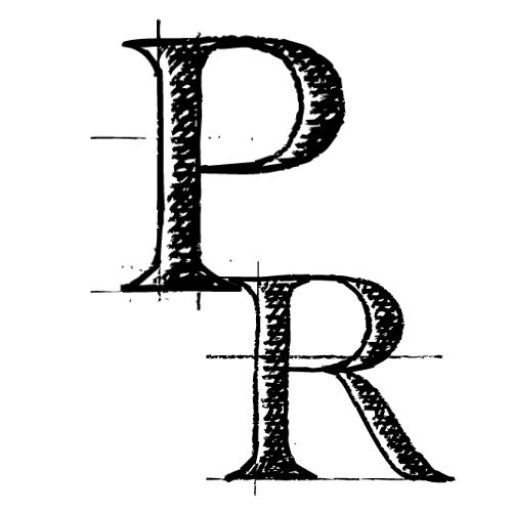 In another blog, I highlighted various qualities a leader should possess, including: proactivity, attentiveness, imagination, focus, and continued development. Each of these are important, as I’ve learned from my own experience, and I hope it provided valuable insight about what it takes to properly manage a company. However, while these qualities are necessary, it’s important to realize that all leaders are not the same.
In another blog, I highlighted various qualities a leader should possess, including: proactivity, attentiveness, imagination, focus, and continued development. Each of these are important, as I’ve learned from my own experience, and I hope it provided valuable insight about what it takes to properly manage a company. However, while these qualities are necessary, it’s important to realize that all leaders are not the same.
In fact, there are at least five different styles of leadership, each of which has its place and is often contingent upon the leader’s personality and initial exposure to certain style. Still, learning the differences in each can help managers create a more definitive style and even learn to adapt when appropriate.
Different Styles
- Democratic
As the name suggests, democratic leaders use the input from their teams to make decisions about processes and procedures. This type of leader makes an effort to ensure that everyone has a say and that each voice is heard. As a note, this type of leadership can be time consuming, especially if one has a large team. Nevertheless, it works well in places where change is expected or a normal part of the given process, in which a better or different way of doing things can be enhanced by new opinions. - Autocratic
Conversely, autocratic leadership creates the rules and makes decisions before bringing it to the team. These types of leaders tend to have more experience and a better understanding what is necessary to meet the end goal, thus giving the leader greater autonomy in making choices. This style is best when decisions must be made in a time crunch and when those on the team lack the understanding to make an informed decision on the subject at hand. - Pacesetting
These leaders set high expectations for their team members, desiring quick turnarounds on large projects. They are willing to put in the same effort and provide examples for, or even work alongside, the team. This level of leadership works when used sparingly and with skilled members of a team. - Transactional
This style of leadership, also called coercive or commanding, is most likened to a military style of management, in which the leader expects team members to simply do what they are told. This leadership style is said to be most common but least effective in maximizing productivity and/or creativity from team members.
As I said above, each of these styles has its place, and no one style is always best. Assess the characteristics of your team and your environment to determine when and how to employ these leadership roles. The best leader is perceptive, above all things.

